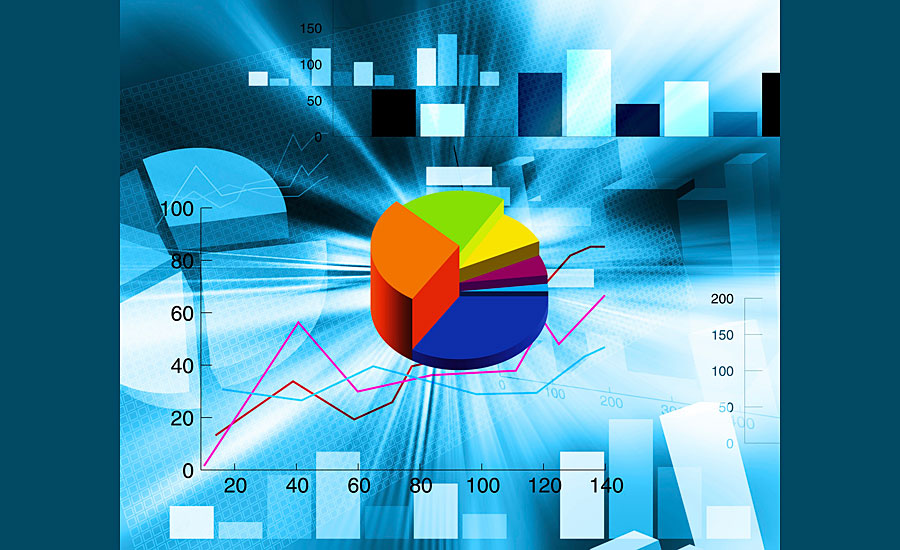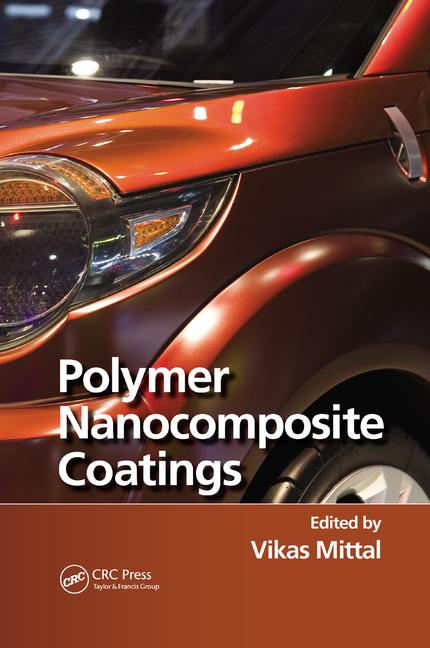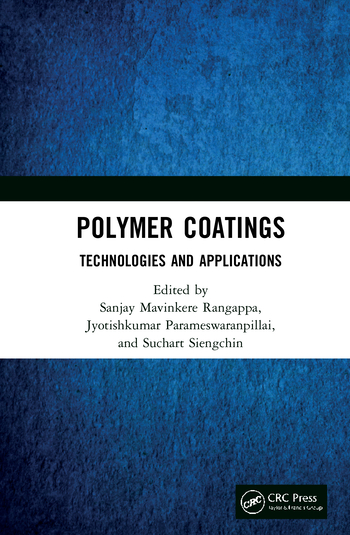New Report Studies Polymer Emulsions Market

PUNE, India - A new report released by research firm MarketsandMarkets, titled Polymer Emulsion Market by Type (Acrylics, Polyurethane Dispersions, SB Latex, Vinyl acetate Polymer and Others), by Application (Adhesives & Sealants, Paints & Coatings, Paper & Paperboard, and Others) - Trends & Forecasts to 2020, projects that the market size of polymer emulsions will reach $32.2 billion by 2020, signifying a growth rate of 7.7 percent between 2015 and 2020.
The rapid growth of end-user industries such as consumer durables, building and construction, and transportation in Asia-Pacific is leading to a significant rise in the polymer emulsions market. Also adding to this rise is the availability of feedstock and the low costs to set up manufacturing facilities in the region. A skilled workforce at relatively low wages and the lower cost of electricity and water are other reasons for the high growth rate in Asia-Pacific. Factors restricting the growth of the polymer emulsions market in the region are government regulations and bureaucratic governance that do not allow efficient execution of new projects. Lack of transparency in ownership structures in certain countries such as India, China and Malaysia makes it difficult for established companies to invest in these markets. China is the single-largest manufacturer of polymer emulsions in Asia-Pacific. The growth of the chemical industry in China for the last several years was focused on the manufacturing of base chemicals. The current growth rate in China is strong enough to sustain more efficient manufacturing and a more attractive chemicals market. It is projected that in the next five to 10 years, chemical manufacturing in China will shift towards specialty chemicals. Thus, polymer emulsions are expected to record strong growth in the next decade as well.
End-users of waterborne polyurethane dispersions include the textile, furniture and interior decoration industries. PUD consumption across the globe is increasing rapidly as they conform to several environmental regulations, such as low-VOC, and ecolabels such as M1, Blue Angel, and EMICODE. Polyurethane dispersions are projected to grow at a higher CAGR compared to other types of polymers during the forecast period, owing to the above-mentioned advantages. Acrylic emulsions are expected to be the largest type of polymer emulsions used in 2014, with the trend continuing into 2020.
Paint and coatings constitute the largest application areas for the global polymer emulsions market. Polymer emulsions are a preferred material for paint and coatings, owing to the low VOC and VAC content. Moreover, polymer emulsions for paint and coatings are not flammable, which reduces storage, handling charges and fire insurance costs. The manufacturing process involved in polymer emulsions for coatings have a lower carbon footprint, as they consume less energy.
For additional information about this report, visit http://www.marketsandmarkets.com/Market-Reports/emulsion-polymers-market-1269.html.
Looking for a reprint of this article?
From high-res PDFs to custom plaques, order your copy today!







